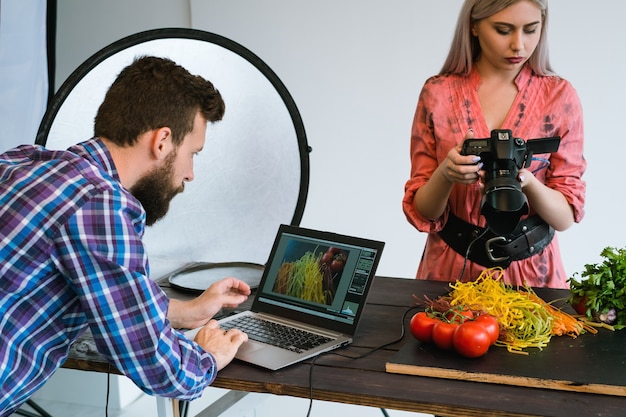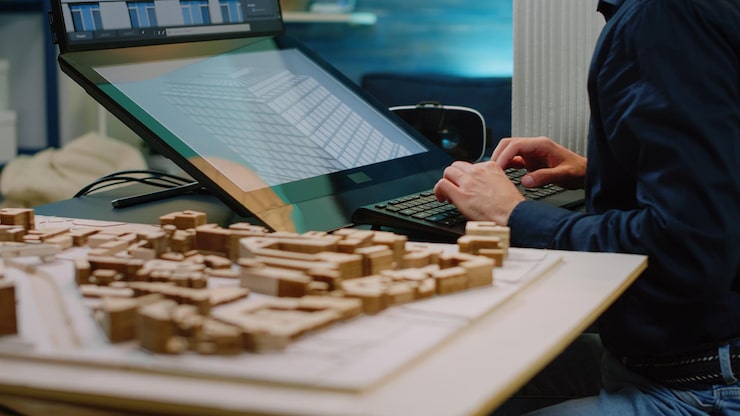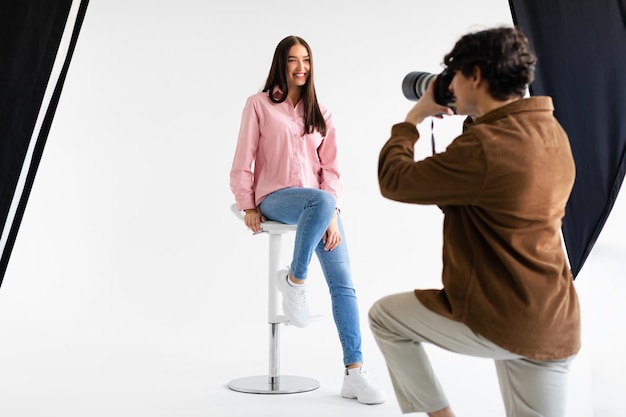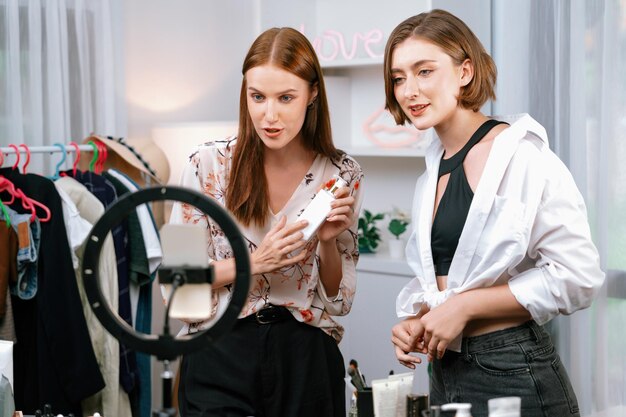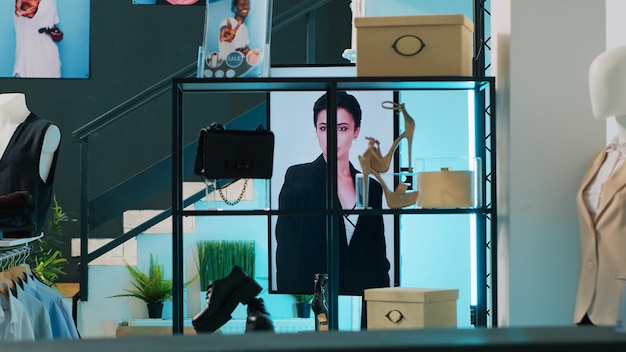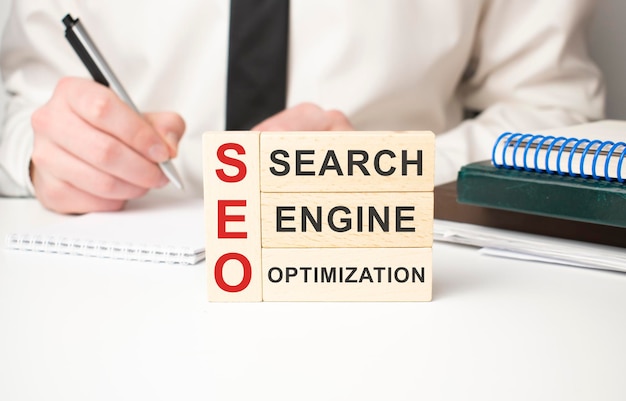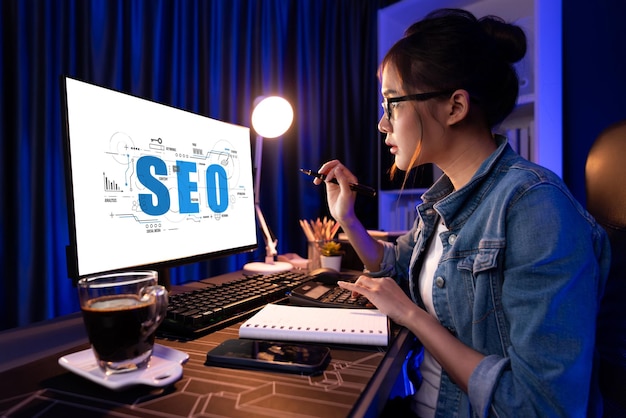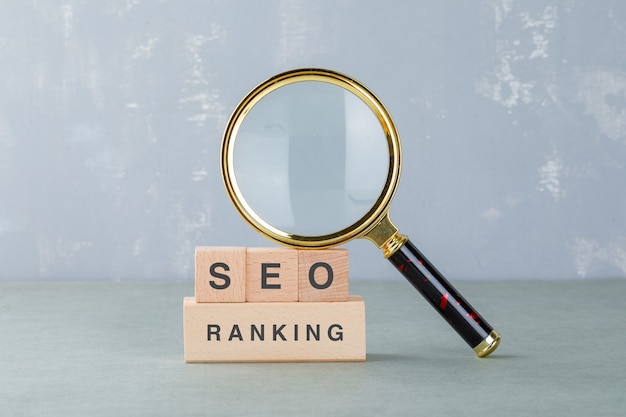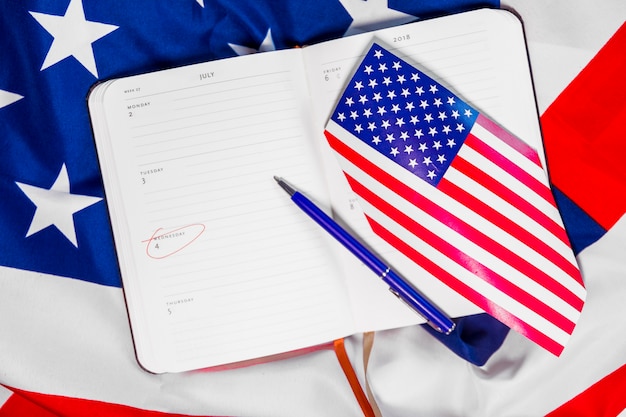
The Secret to Higher RPM: Using Commercial Keywords for Clipping Path Services
The Secret to Higher RPM: Using Commercial Keywords for Clipping Path Services
If you run a clipping path or image editing service website, you probably dream of turning traffic into revenue. While high visitor counts are great, what's more important is how much you earn per visitor — this is where RPM (Revenue Per Mille, or per thousand impressions) comes in. One of the most powerful ways to boost your RPM is by targeting commercial keywords that advertisers pay top dollar for.
In this guide, we'll reveal the top 20 commercial keywords related to clipping path services, explain what commercial keywords are, and show how you can use them to increase your revenue through Google Ads or other monetization methods.
What Are Commercial Keywords?
Commercial keywords are search terms that signal a user's intent to buy a product or service. Unlike informational keywords (like “what is background removal”), commercial keywords suggest the user is ready to take action, such as hiring a service or purchasing a product.
Examples of Commercial Intent Phrases:
-
“Hire a clipping path expert”
-
“Buy background removal services”
-
“Photo retouching service near me”
When you optimize your content for these keywords, you're attracting visitors who are more likely to convert — and advertisers will pay more to reach them.
Why Are Commercial Keywords Important for RPM?
RPM is calculated as:
RPM = (Estimated earnings / Number of page views) x 1000
The higher your earnings per page, the higher your RPM. Commercial keywords attract high-paying ads because they match the intent of people ready to spend money. For example, Google Ads might show a banner for a professional photo editing tool or outsourcing service, and the cost-per-click (CPC) can be significantly higher than for non-commercial keywords.
By using high-value keywords, you attract advertisers with bigger budgets — which translates directly into more revenue per thousand impressions.
Top 20 Commercial Keywords for Clipping Path and Image Editing Services
Here’s a list of top-performing commercial keywords in the image editing industry. These are commonly searched terms with buying intent and high ad competition — perfect for increasing RPM.
-
Clipping path service provider
-
Outsource image editing
-
Photo background removal service
-
Bulk photo editing service
-
Professional photo retouching
-
Remove background from image service
-
Hire photo editor online
-
Ecommerce image editing service
-
Affordable clipping path service
-
Amazon product photo editing
-
Ghost mannequin service
-
Jewelry photo retouching
-
High-end image masking service
-
Real estate photo editing
-
Drop shadow service for photos
-
Model photo retouching service
-
Photoshop clipping path service
-
Product photo enhancement
-
White background photo editing
-
Fast turnaround photo editing service
Use these keywords naturally in your website content, blog posts, meta descriptions, and even image alt tags to increase visibility and monetization potential.
How to Use Commercial Keywords to Boost Website RPM
1. Create SEO-Optimized Blog Content
Write blog posts around the top commercial keywords. Example topics:
-
“Why Clipping Path Service Providers Are Essential for Ecommerce”
-
“Top 5 Bulk Photo Editing Services for Online Sellers”
Use H2 and H3 tags with the commercial keywords to enhance search engine visibility.
2. Optimize Service Pages
Don’t just target keywords in blogs. Make sure your main service pages include:
-
Keyword-rich titles and meta descriptions
-
Clear service descriptions using commercial terms
-
Internal links between related services and blog posts
3. Use Keywords in Image Alt Text
This improves both SEO and accessibility. For example:
4. Build Keyword Clusters
Group related keywords to target broader topics. For example:
Cluster: Ecommerce Photo Editing
-
Ecommerce image editing service
-
Amazon product photo editing
-
White background photo editing
Create one blog post targeting the whole cluster.
Best Ad Placement Areas for Higher Earnings
When monetizing your site with Google AdSense or custom ads, placement is key. Here are some strategic locations to place your ads for better click-through rates (CTR) and RPM.
1. Above the Fold (Top Banner)
Place a wide leaderboard banner (728x90 or 970x90) just under your navigation bar or header.
2. In-Content (Between Paragraphs)
Insert rectangle ads (336x280 or 300x250) after the 2nd and 4th paragraphs of your blog posts. These blend well with the content and perform better.
3. Sidebar (Sticky or Static)
A 300x600 ad on the sidebar, preferably sticky, can generate high impressions.
4. Below the Content (End of Blog Post)
Place a banner or native ad just before the call to action (CTA). These ads often attract clicks from readers who’ve finished the article.
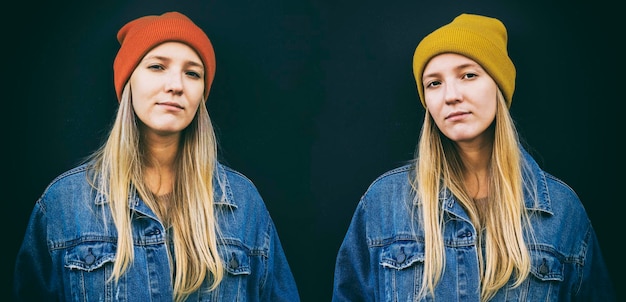

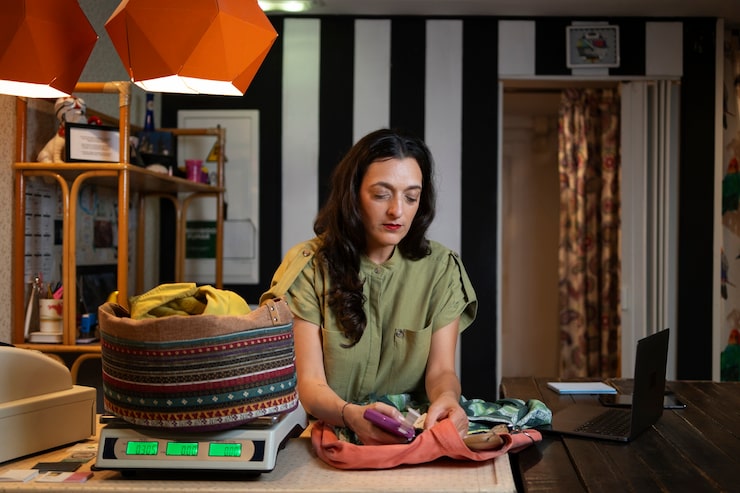


.jpg)

